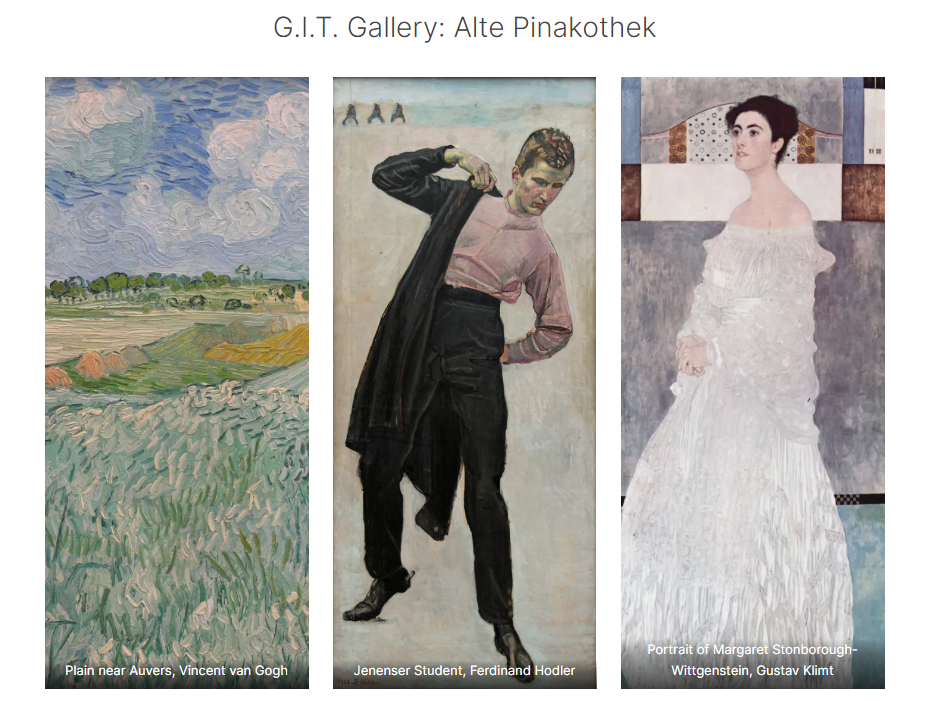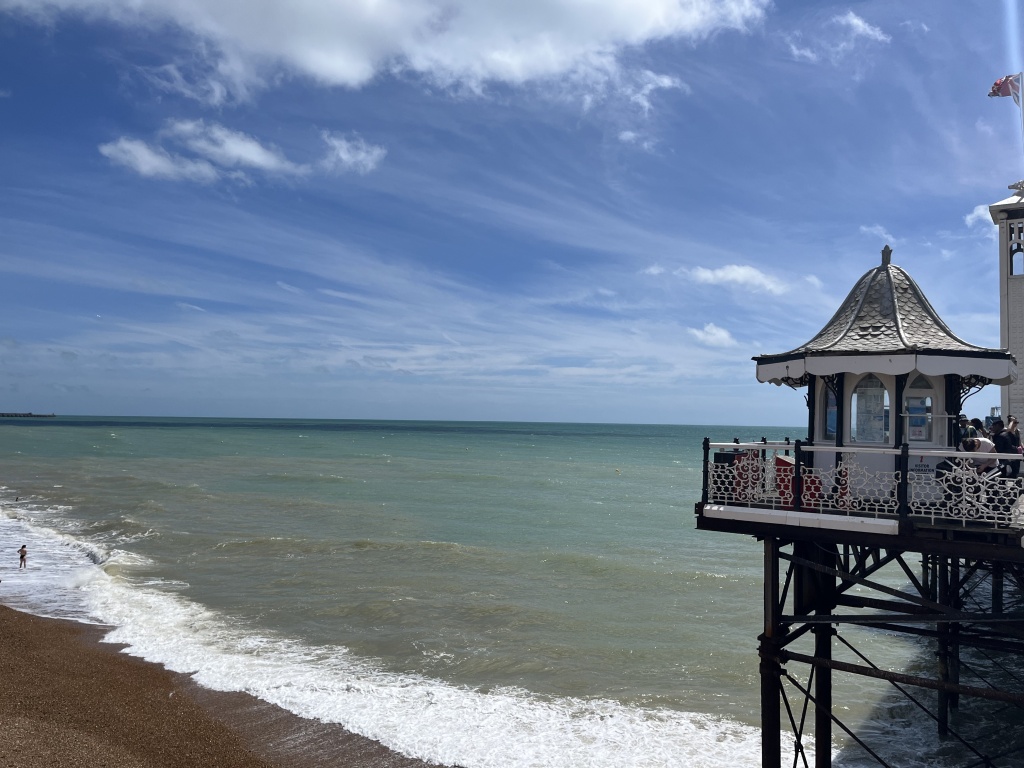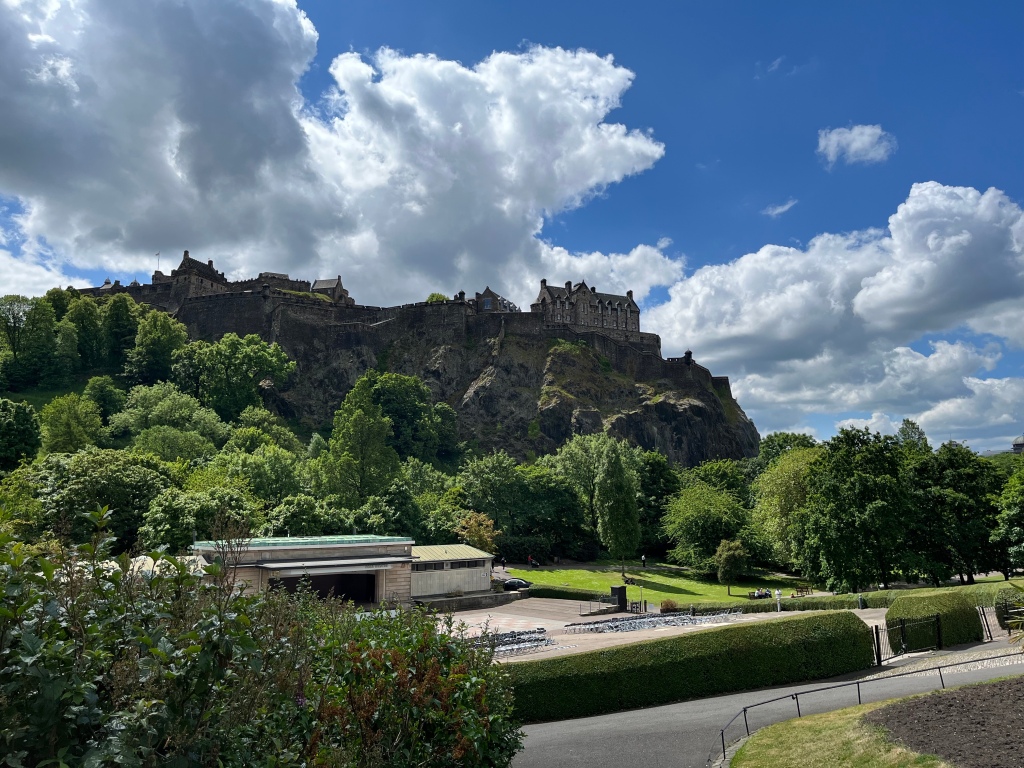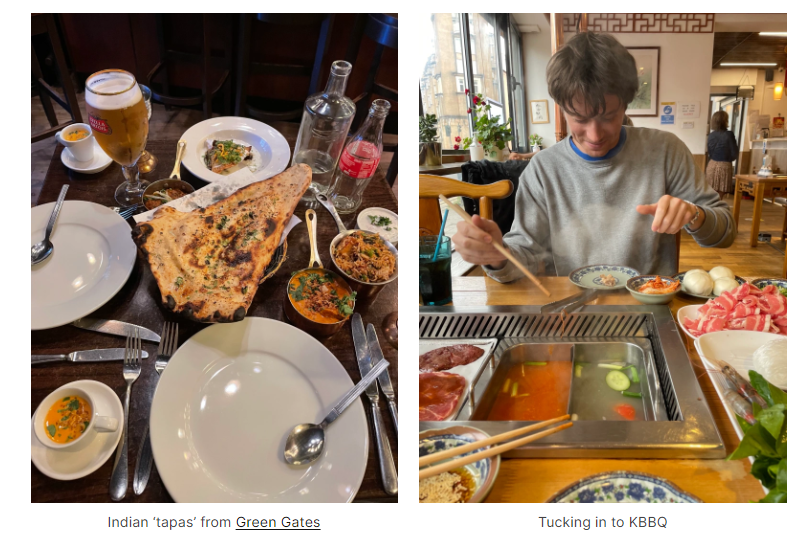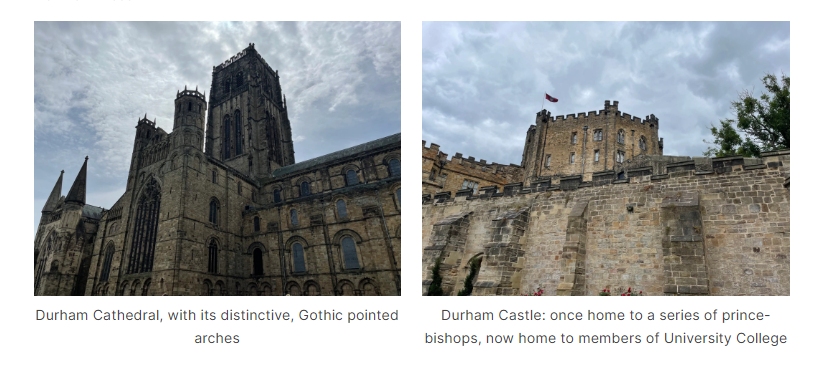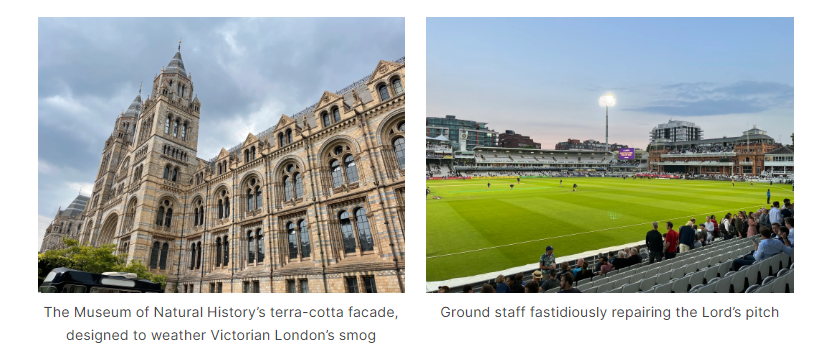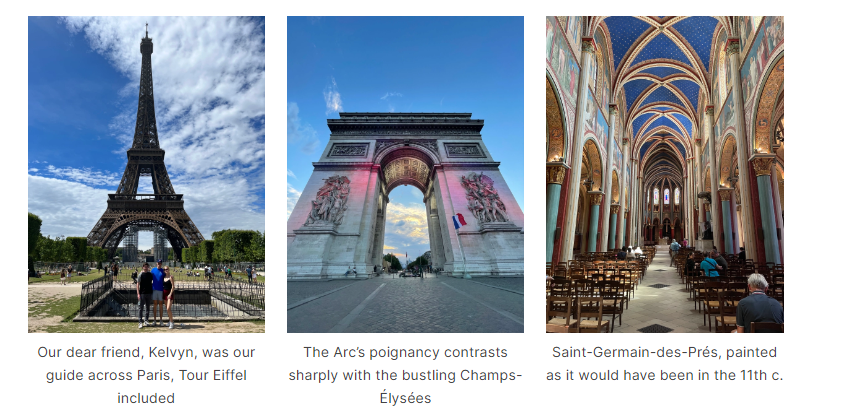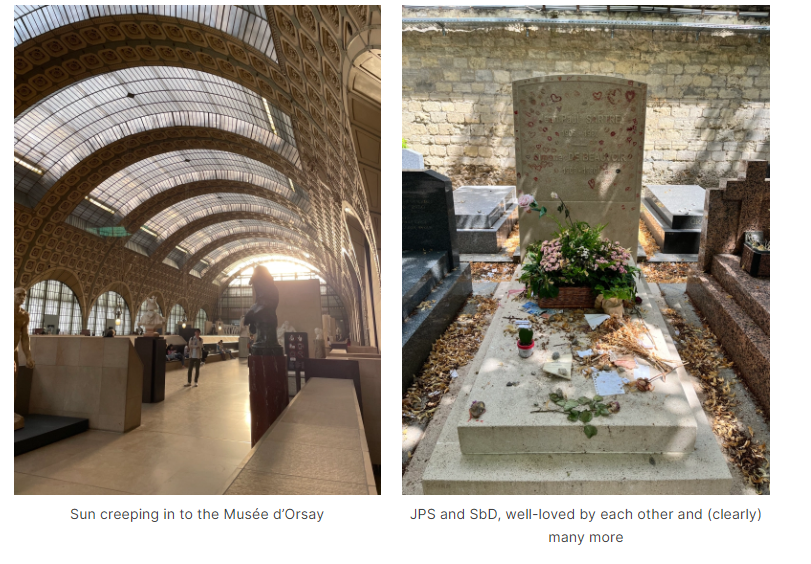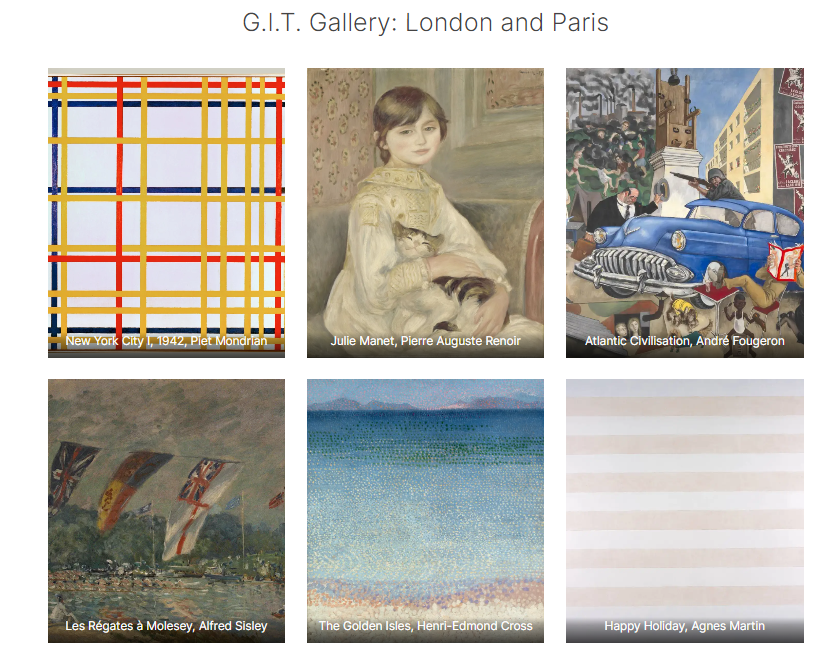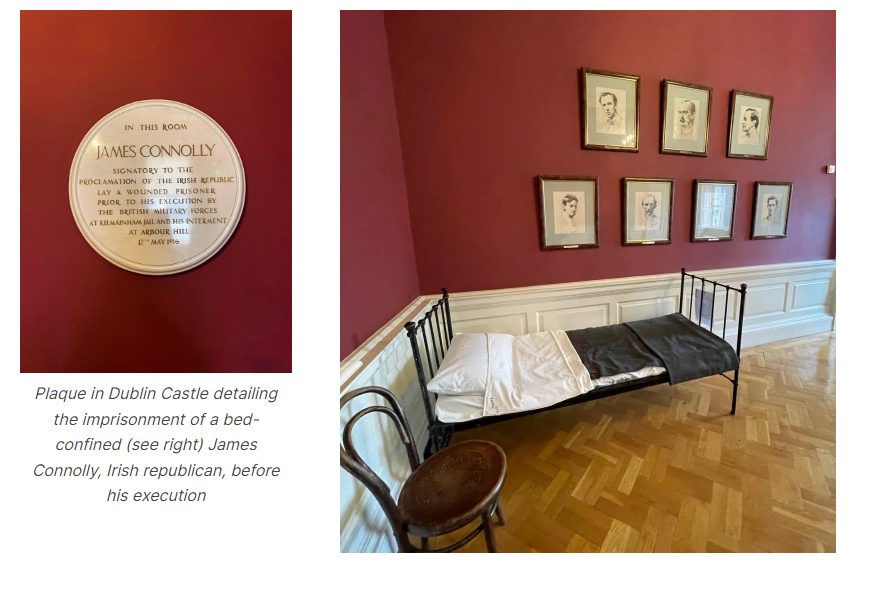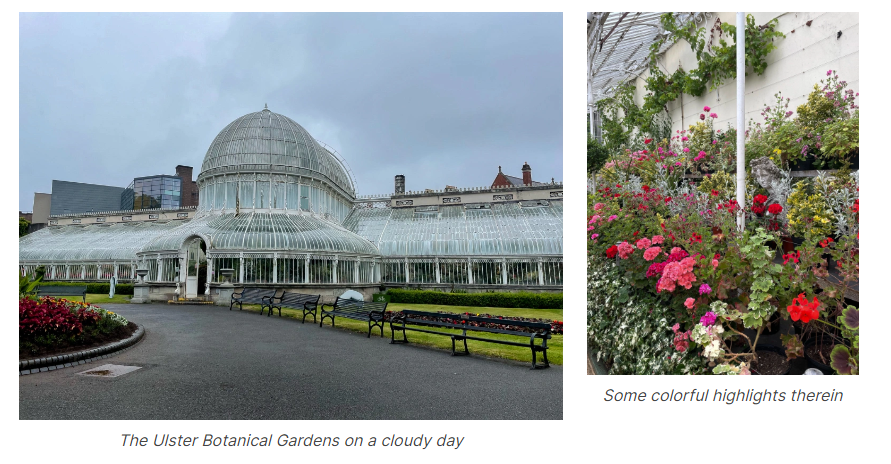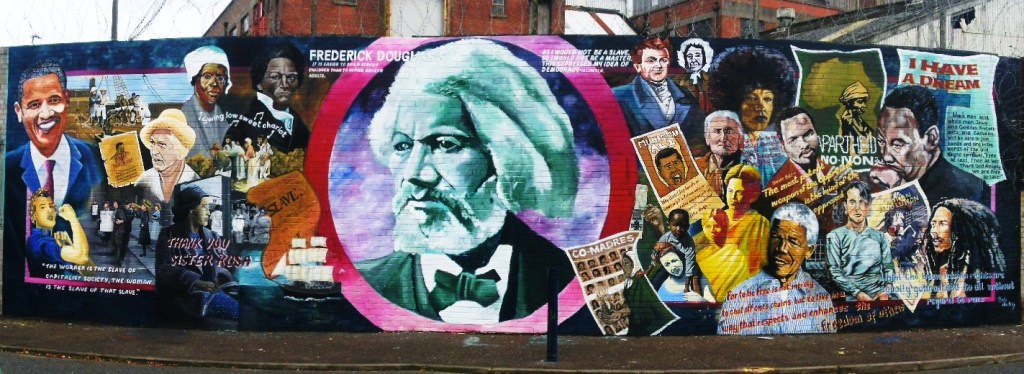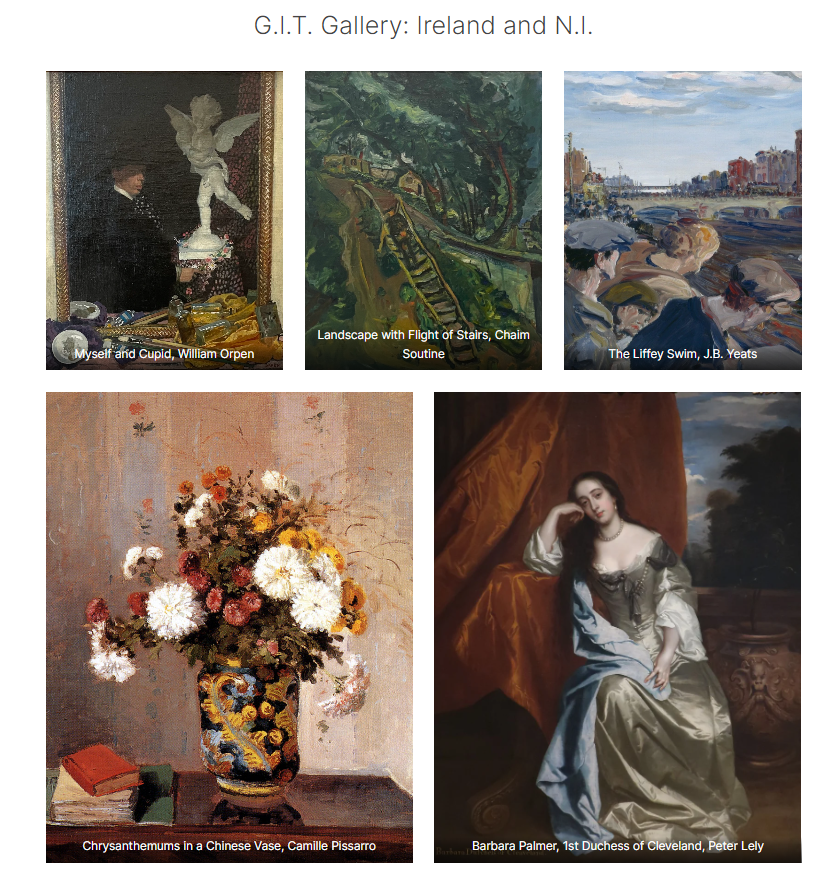Hello everyone! My name is Corinne Baroni, and I recently graduated with my Bachelor’s in Environmental Engineering from The University of Alabama. During my junior year there, I was honored and grateful to receive the John F. Ramsey Premier Award, which “honors a distinctive kind of excellence. It is not merely a service, leadership, or academic award – although recipients have, by their contributions to the University, their spirit of cooperation, and their academic achievements – demonstrated their abilities in these areas. Rather, the Ramsey Award is intended to recognize the versatility of gifts and attainments, as well as the breadth of excellence in mind and character that have traditionally been the goals of a liberal education.”
Dr. Ramsey was not only a well-decorated and well-respected citizen and professor, but he was also an incredibly generous and vivacious individual. I will be reflecting more on Dr. Ramsey and his spirit of adventure throughout my travels, but if you’d like to learn more about him and the award before then, you can explore the website.
At UA, Dr. Ramsey taught a course on the Great Ideas of Western Civilization, which inspired the scholarship portion of the Award to design and embark on a Great Ideas Tour of Europe. The Great Ideas Tour (GIT) is up to each recipient to plan; though there are no set destinations or timeline, the GIT should be informed, experiential, reflective, and transformative and most of all reflect the legacy of passion and joie de vivre Dr. John Ramsey left for us to emulate. The heart of my GIT is to explore the Waters of Western Europe!
The tentative plan for my GIT involved hours of research studying guides, maps, and articles. I am so excited to not only experience the Waters of Western Europe but also the people and cultures of the places I will visit. I have also carefully built in time for both spontaneity and intentional reflection. I cannot say exactly how yet, but I am certain this tour will be incredibly transformative and one of the most remarkable and memorable experiences of my life.
There is much more to come, but I wanted to go ahead and get an initial post out there before I depart tonight at 9:40 pm! I arrive in London tomorrow morning, and then I will spend some time there and in Amsterdam and Paris with friends before branching off to explore Belgium and Germany solo. At the end of May, I will meet my Mom in Copenhagen, and she and I will spend a couple weeks traveling through Denmark and Sweden (and meeting her host family who she has kept in touch with since her senior year of high school!). Next, my boyfriend David will meet up with me in Olso and we will campervan through the gorgeous fjords of Norway before touring around Iceland. By then, it will be July!
Once David heads home, the rest of my GIT is solo but I will be saying hello to old friends and hopefully making new ones along the way! I will go back to England for a little while before exploring the rivers and coasts of France, Spain, and Portugal. July will wrap up in Switzerland, and then I will spend my final weeks making my way through Italy and ending my GIT in Greece.
I’ve had a countdown app going in my phone anticipating this experience for several months. I can remember when I reached 100 days, 50 days, 2 weeks… and now there are 9 hours, 33 minutes, and 58 seconds until my flight! The feeling is so surreal yet so exciting and humbling at the same time — truly, the world is awaiting, and I am incredibly thankful and filled with joy for this once-in-a-lifetime opportunity!
I plan to spend some time on my flight this evening writing a bit more about my intentions and hopes for this trip… I don’t know if those reflections will land in my journal or this blog, but please stay tuned if you would like to keep up with my travels this summer!
Thank you so much for reading, and the biggest thank you to Dr. Ramsey and the Ramsey Family for this amazing opportunity!
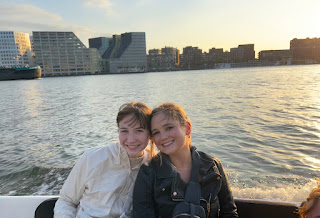



















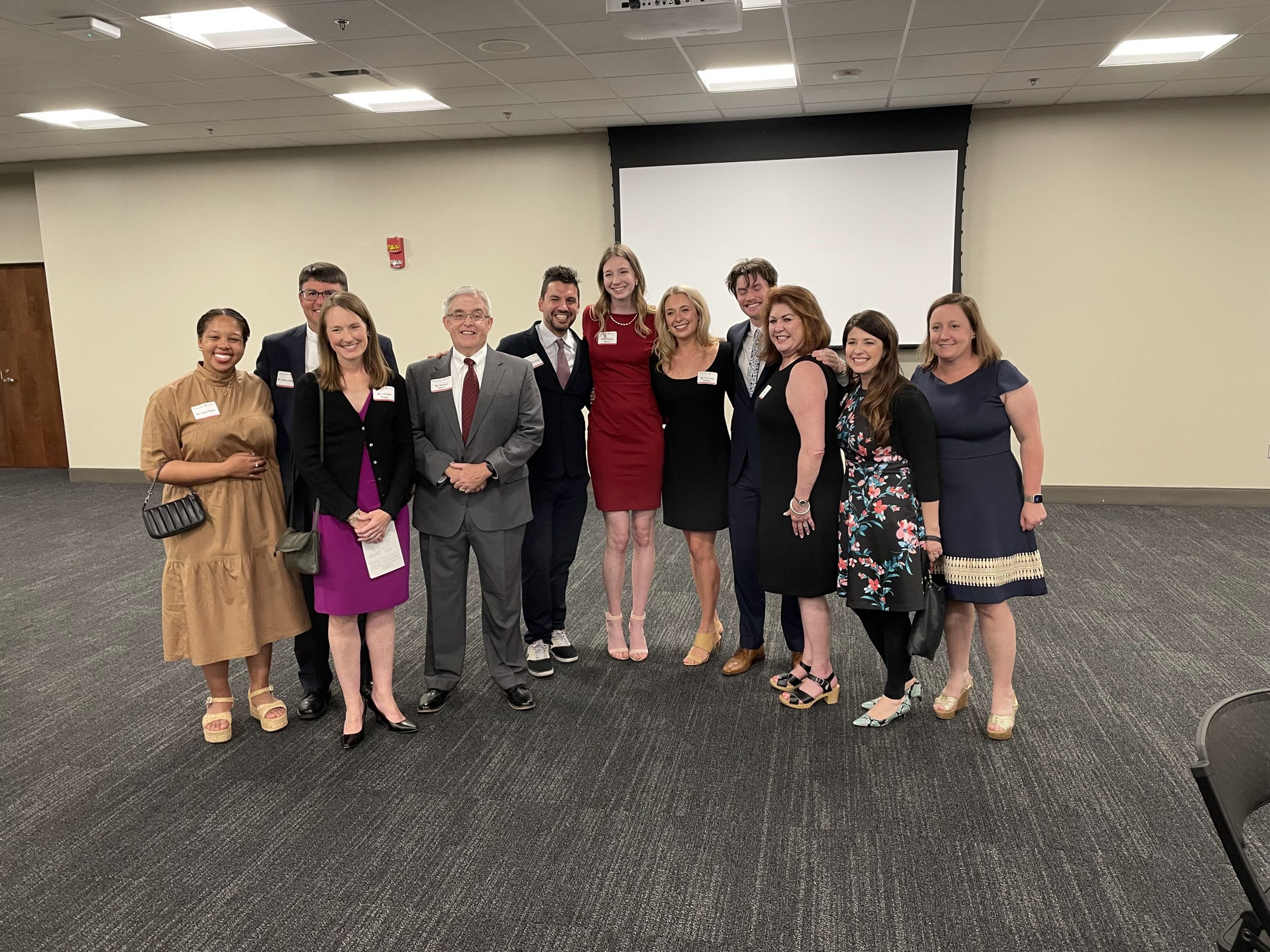
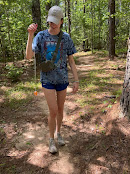


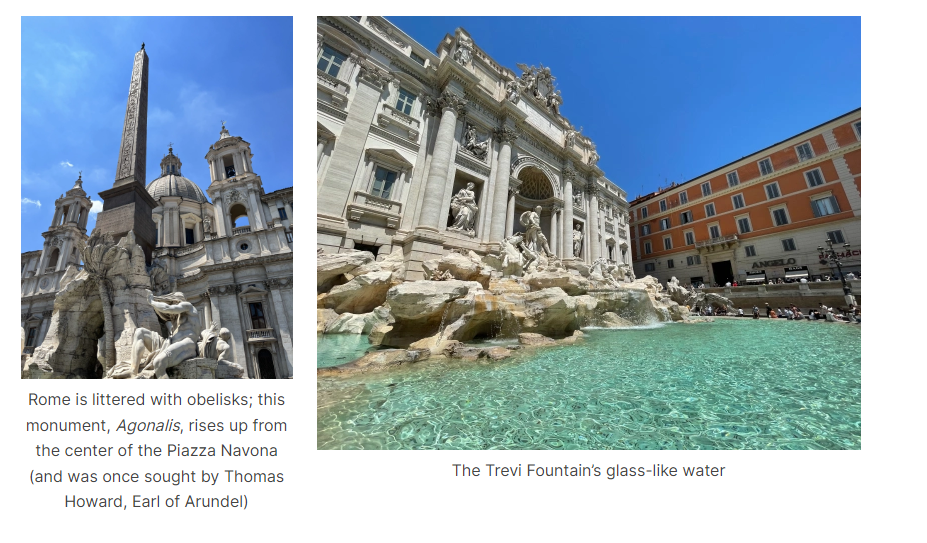
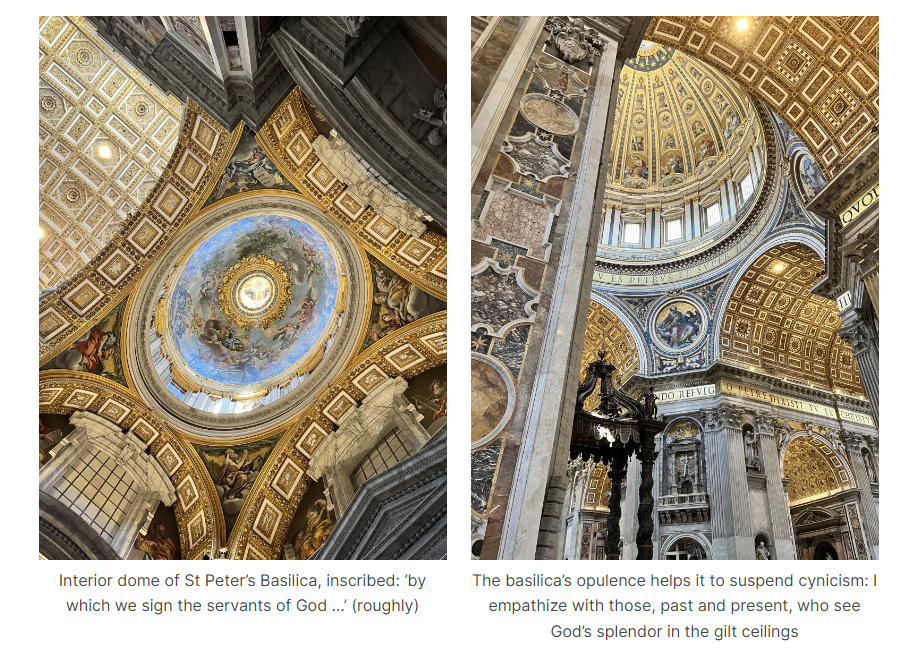
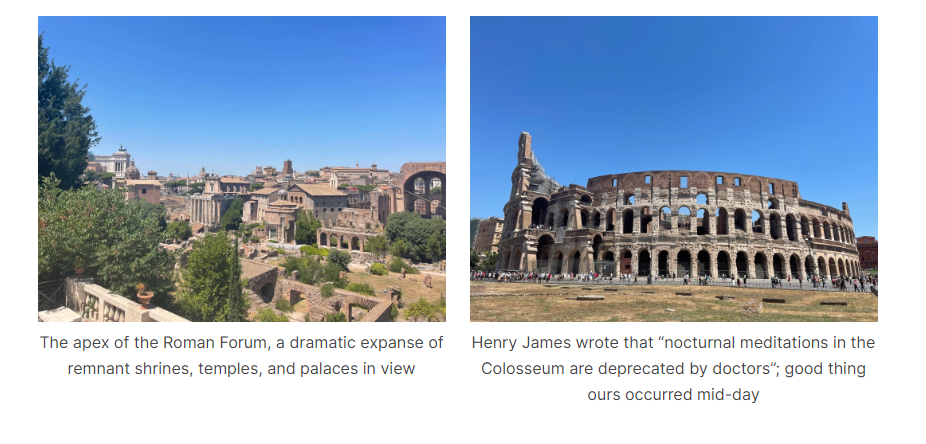
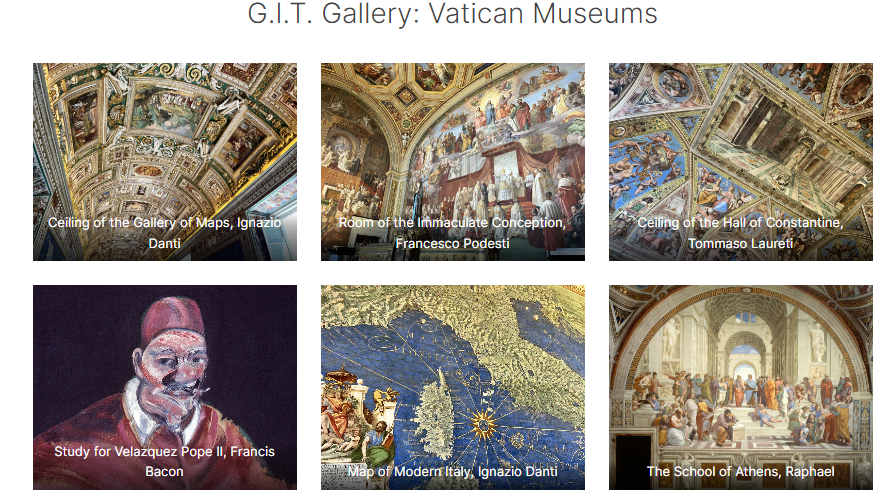

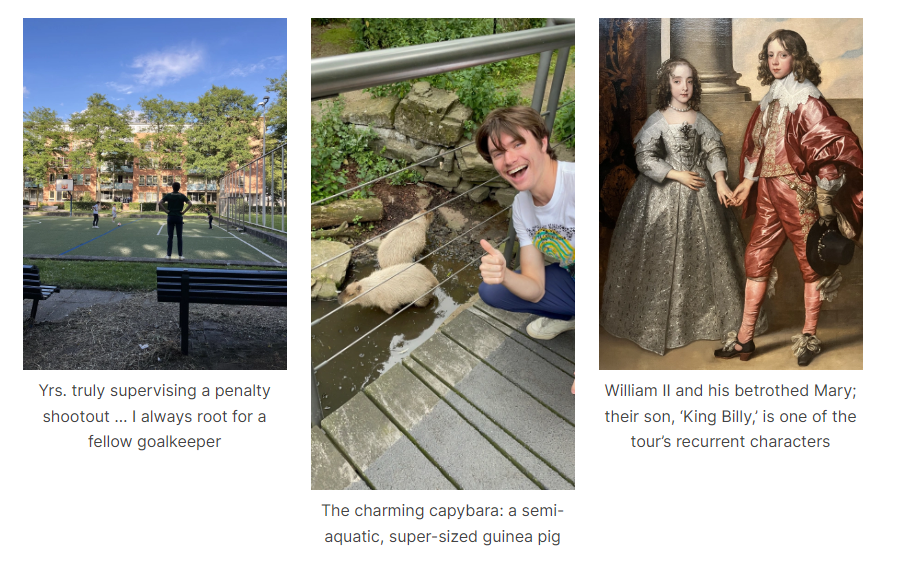
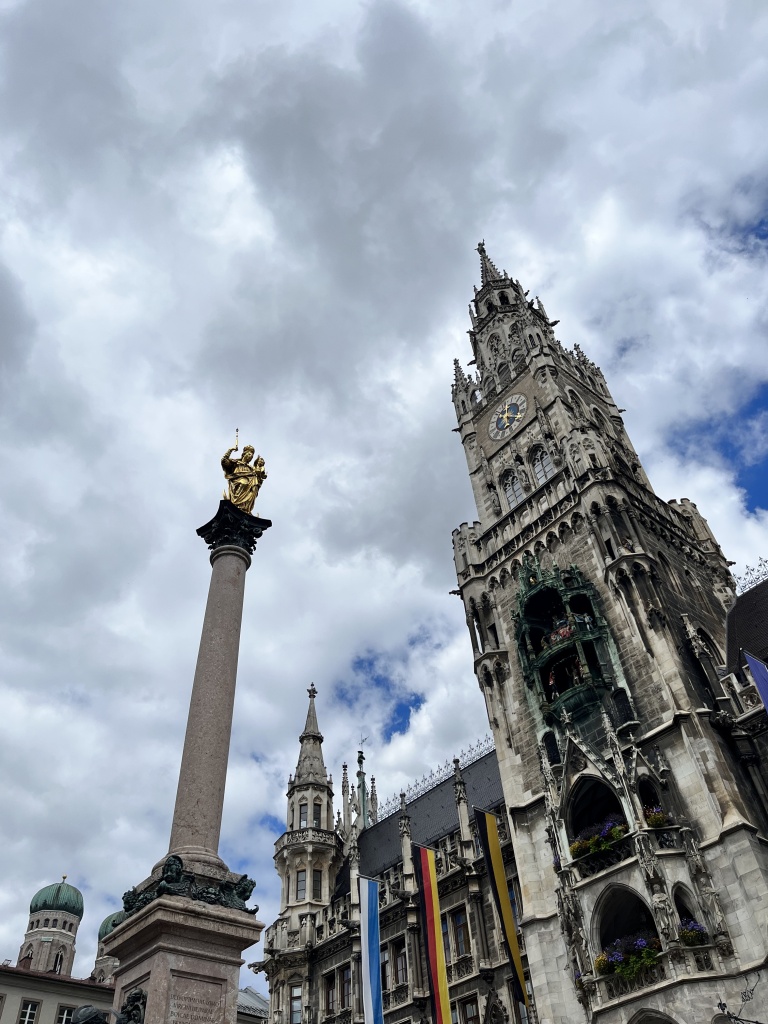
 To be sure, the ideals of Amsterdam and Munich highlighted herein should be sought after by the US, where quality of life and fellow-feeling lag behind the metropoles and nations with comparable socio-economic metrics. But these ideals are a challenge for the Germans and Dutch, too; homeless, for instance, appeared common in both cities, especially for the disabled and mentally ill (whose personhood are often diminished). And, as was previously noted, the two countries have grappled with rising anti-immigrant sentiment and Islamophobia. Still, meeting such a challenge is exactly what pluralism, and a people-centered political climate, demands. It is an obligation: to enlarge the right of personhood to the most meek and disenfranchised, and to protect privileges for those already included in the polis.
To be sure, the ideals of Amsterdam and Munich highlighted herein should be sought after by the US, where quality of life and fellow-feeling lag behind the metropoles and nations with comparable socio-economic metrics. But these ideals are a challenge for the Germans and Dutch, too; homeless, for instance, appeared common in both cities, especially for the disabled and mentally ill (whose personhood are often diminished). And, as was previously noted, the two countries have grappled with rising anti-immigrant sentiment and Islamophobia. Still, meeting such a challenge is exactly what pluralism, and a people-centered political climate, demands. It is an obligation: to enlarge the right of personhood to the most meek and disenfranchised, and to protect privileges for those already included in the polis.